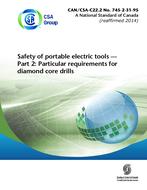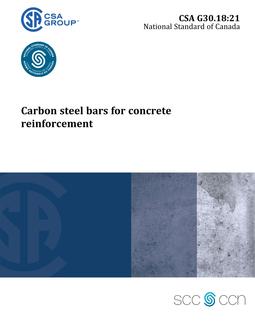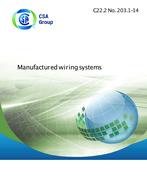1 Scope
1.1 PurposeThe purpose of this Standard is to minimize the risk of personal injury by providing minimum requirements for the design, construction, installation, inspection, and maintenance of the mechanical refrigeration systems specified in Clauses 1.2.1 and 1.2.2.
Note: This Standard does not directly address protection of property and preservation of the environment.
1.2 Application
1.2.1 Except as specified in Clause 1.2.3, this Standard applies to the design, construction, installation, inspection, and maintenance of every refrigeration system as provided for by the Act (as defined in Clause 3) and identified in this Standard.
1.2.2 This Standard applies to(a) all refrigeration systems installed subsequent to its adoption. This includes refrigeration systems installed in a new or existing premises. It also applies to all premises, including the machinery room if required, in which a refrigeration system is to be installed;(b) refrigeration systems that undergo a substitution of refrigerant in a premises defined in Item (a) above; and (c) those parts of a refrigeration system that are replaced in, or added to, systems installed prior to its adoption.
Note: When adding or replacing parts (see Item (c)), consideration should be given to the premises requirements of Item (a).
1.2.3 This Standard does not apply to the following:(a) the use of water or air as a refrigerant;(b) bulk-storage gas tanks not permanently connected to a refrigeration system;(c) refrigeration systems installed on railroad cars, motor vehicles, motor-drawn vehicles, aircraft, or ships; and(d) refrigeration systems used for air conditioning in private residences.
1.3 Mandatory languageIn CSA Standards, “shall” is used to express a requirement, i.e., a provision that the user is obliged to satisfy in order to comply with the standard; “should” is used to express a recommendation or that which is advised but not required; and “may” is used to express an option or that which is permissible within the limits of the standard; and “can” is used to express possibility or capability. Notes accompanying clauses do not include requirements or alternative requirements; the purpose of a note accompanying a clause is to separate from the text explanatory or informative material. Notes to tables and figures are considered part of the table or figure and may be written as requirements. Legends to equations and figures are considered requirements. Annexes are designated normative (mandatory) or informative (non-mandatory) to define their application.
1.4 Units of measurementThe values given in SI (metric) units are the standard. The values given in parentheses are for information only. A list of conversion factors is provided in Annex D. Pressure, unless otherwise stated, is expressed in kilopascals above atmospheric pressure, i.e., gauge pressure.
Product Details
- Published:
- 05/10/2005
- Number of Pages:
- 156
- File Size:
- 2 files , 3.5 MB
- Product Code(s):
- 2417804, 2417561, 2018325


